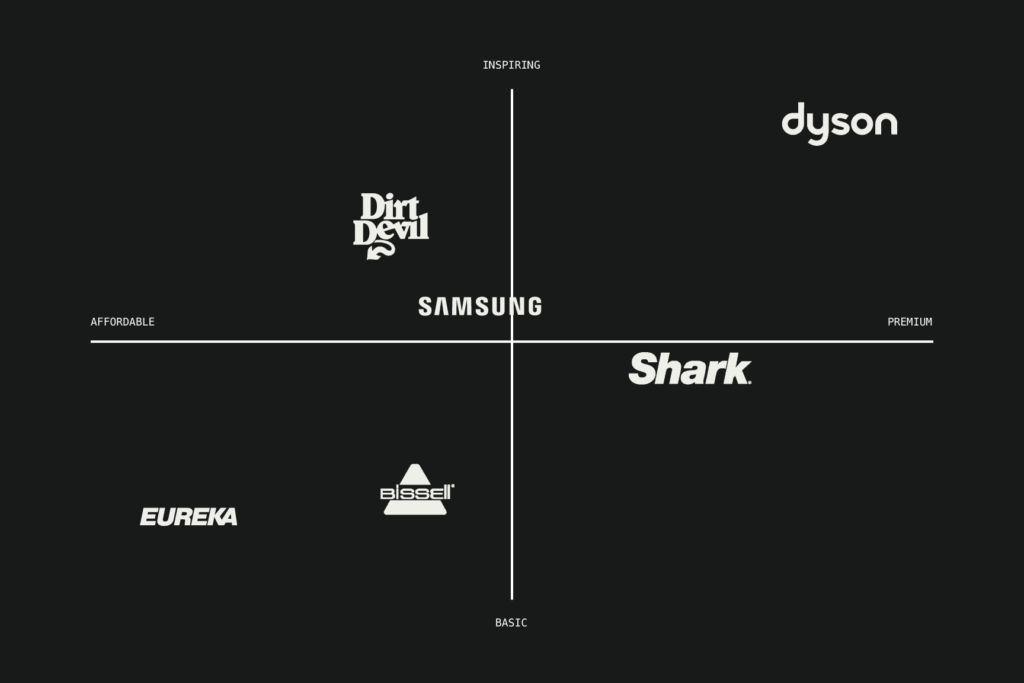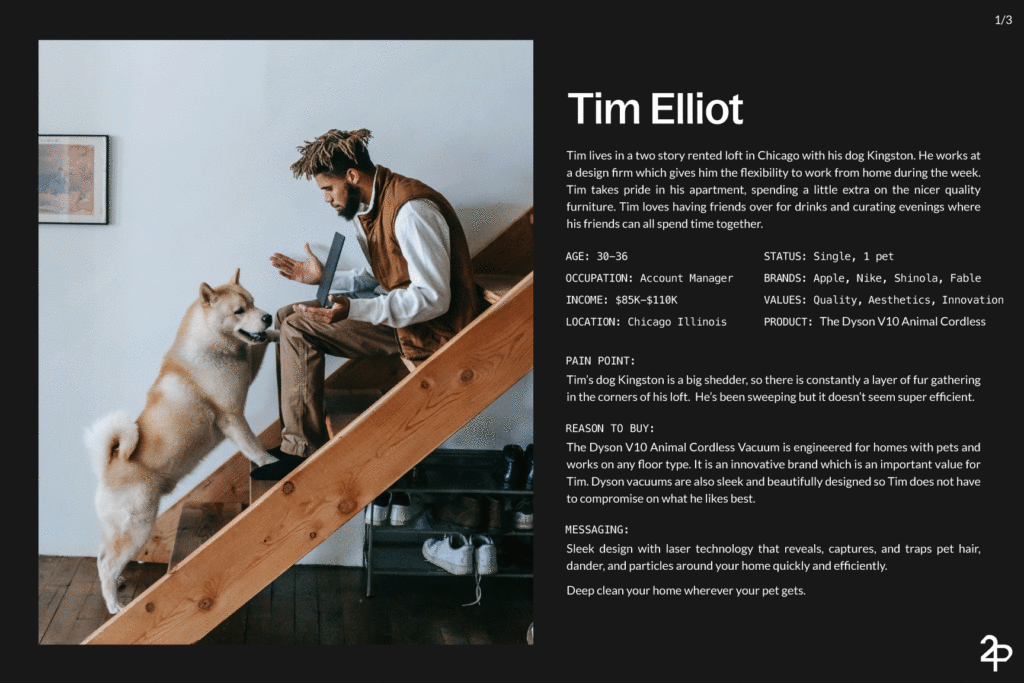1/23/23
WRITTEN BY HAZEL IMOGEN, FOUNDER & CREATIVE DIRECTOR
When we dive into branding, one of the first things we look at is target audience. It’s important to understand who your audience is so we can find better ways to connect with them through creative messaging, and design. Understanding your audience better will help identify the problem you are trying to solve for with your product or service.
STEP ONE : LOOK AT YOUR CURRENT CUSTOMERS, USERS OR CLIENTS
Is your business already attracting a certain audience, and is this aligned with who you want your audience to be? Consider sending out surveys, providing polls, or calling up some of your customers and clients to get more information. We often suggest providing a small incentive for their time and honesty.
Identify Customer Pain Points: What is it in their life that is leading them to use your product? What thought are they getting that triggers them to go seek out a solution? An example of a pain point could be something like “My dog is shedding and hair keeps piling up around the house”. This is a pain point trigger for a vacuum cleaner. (and not at all me going crazy about the dog hair in my home…)
Brand Loyalty: What made your customer choose your product over someone else’s. In a world filled of endless options and decisions, there was something specific that led them to purchasing from you. Could it be that you have a vacuum cleaner designed specifically for pet owners? Or is it that your price is the lowest? Or maybe they were referred from their friend. This will help us identify what is important to your customers.
Parallel Businesses: This one’s really fun! When you can identify other brands that your audience follows, uses, or admires you can being to understand the things they value. These brands should be outside of your industry not your competition. For example: someone who loves the brands Apple, Nike and Our Place will likely care about innovation, quality, and aesthetics. This checks out when I consider the user profile I’m defining for the Dyson V10 Animal Cordless Vacuum. (We’re going to keep going with this vacuum thing, bear with me.)
STEP TWO : COMPETITIVE RESEARCH
Competitive research will help deliver insights on industry trends, areas of opportunity, customer preferences and buying habits. We generally like to look and dig into 3-6 businesses to get a better idea of the landscape.
When looking at these businesses, think about they type of people they are speaking to and if they are different to who you want to be attracting, Can you seek out an area of opportunity with customers that they aren’t targeting?
One great tool that we use to visualize these opportunities is an XY chart. Your X and Y can be whatever you think is important to your brand or how you think you may want to differentiate yourself. Let’s say in this Dyson vacuum example we’re going to look at pricing and messaging. On the X chart we may put something like affordable and premium. On the Y, let’s put basic and inspiring. Once we map out some other vacuum brands you can being to see the area of opportunity and commonalities.

STEP THREE : CREATE CUSTOMER PROFILES
Based on all of the information that we gathered, we identify a few target customers/consumers/users and make them a full persona profile. These are essentially based off patterns or common traits that we’ve uncovered during the research. We like to name these personas with real names (that often get used internally when we refer to audience) and give them a full write up which describes their demographic, psychographic, behavioral and geographical details. We also like to pair up these profiles with purchase triggers, reasons to buy and an example headline that we feel is most actionable for that specific person. Now these will of course not always be 100% accurate to each person that engages with your brand, but they should start to form categories of people that are likely using your brand.

Customer profiles are a great tool for a business and should be something to consider adding to your brand guide. You can refer back to these profiles as you start creating campaigns, brainstorming ads, or writing copy for your website.
WRITTEN BY HAZEL IMOGEN, FOUNDER & CREATIVE DIRECTOR
